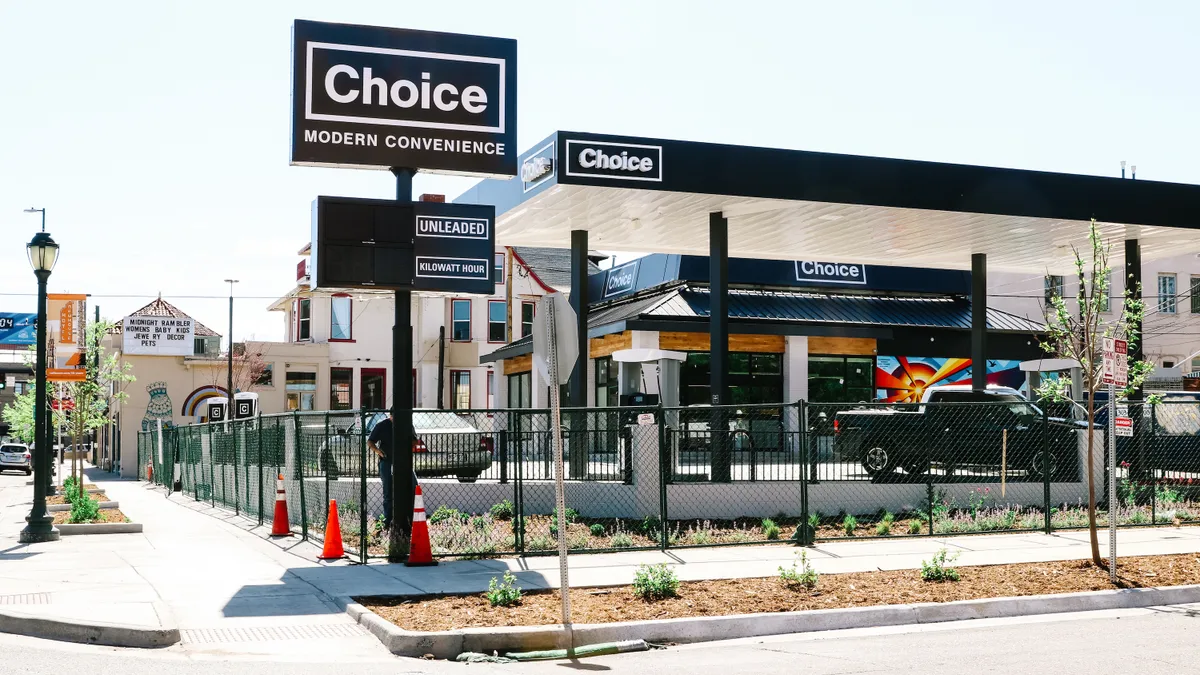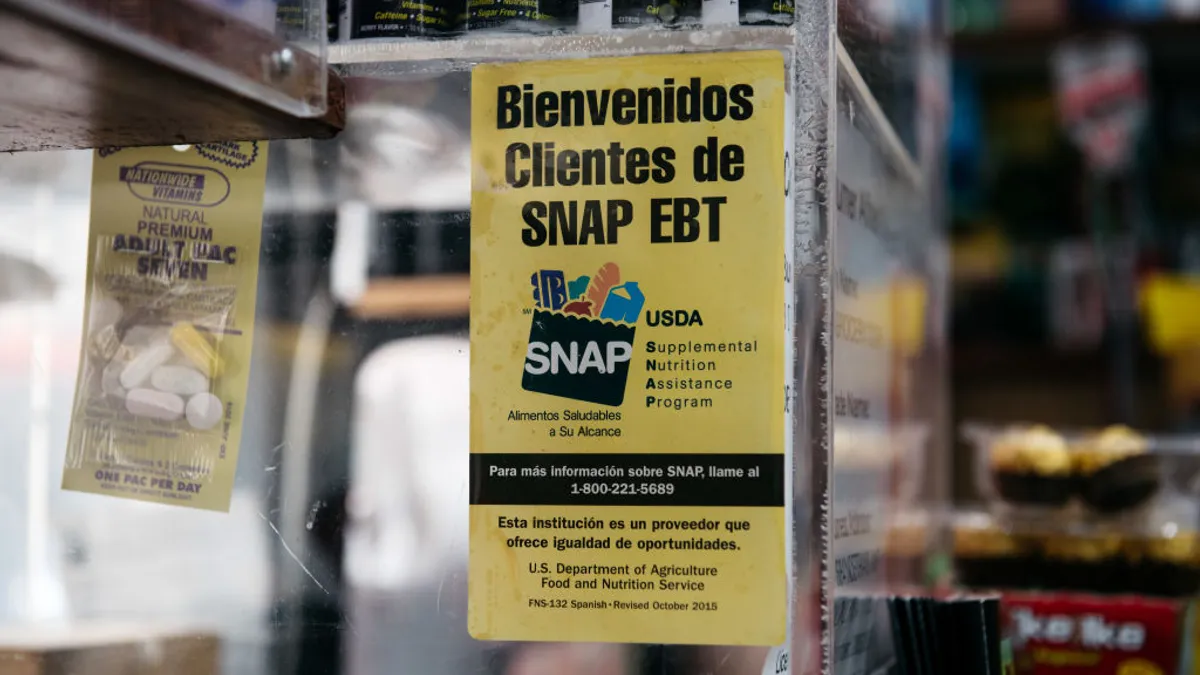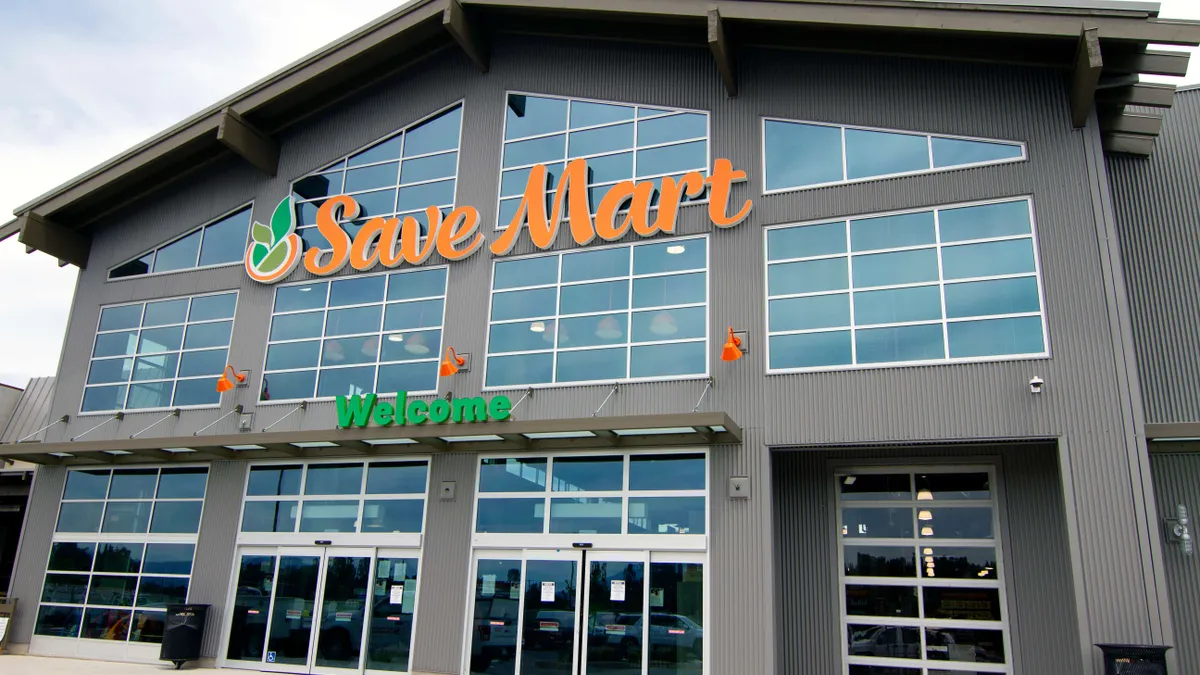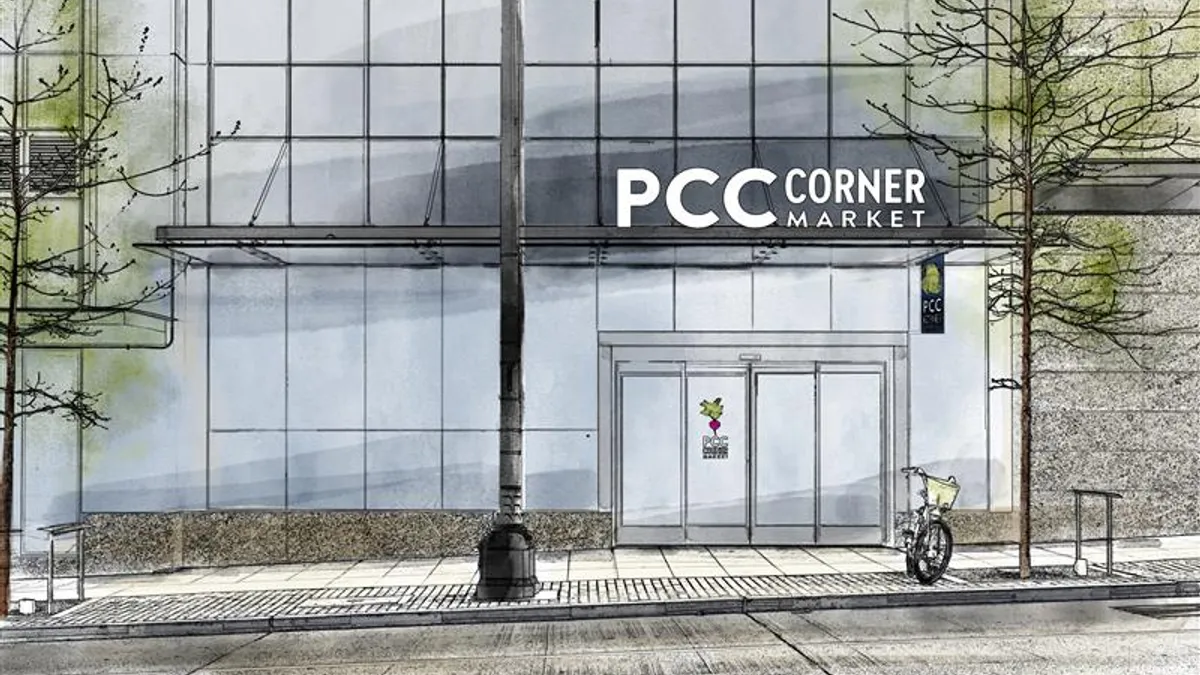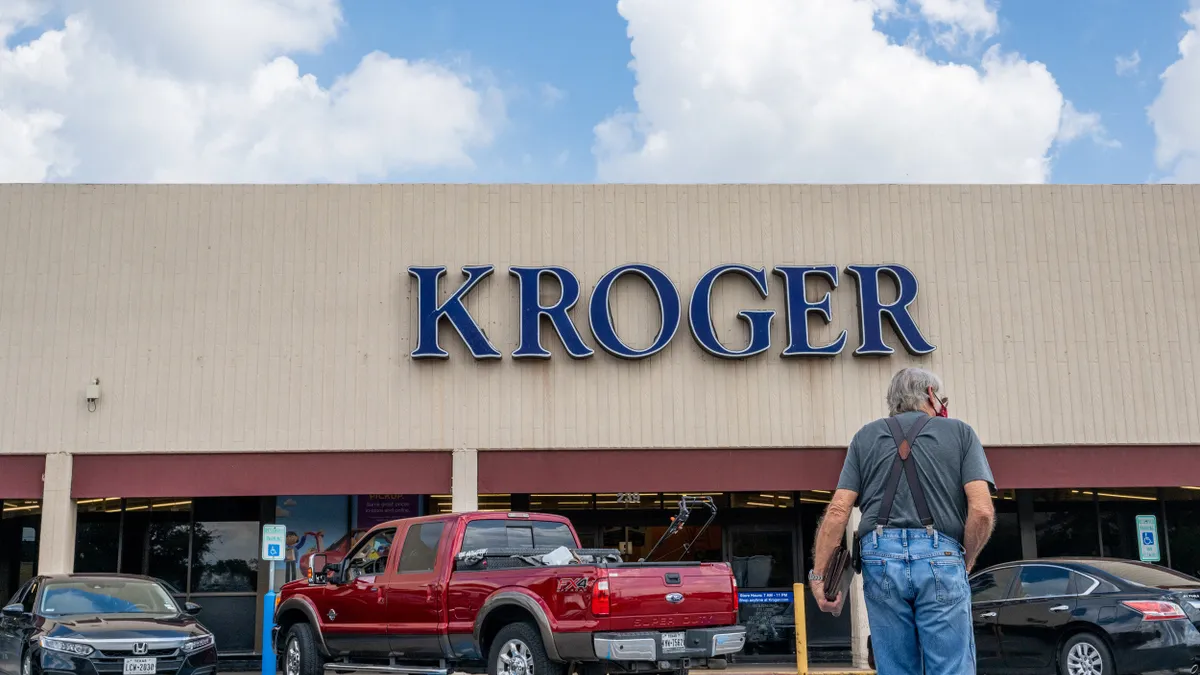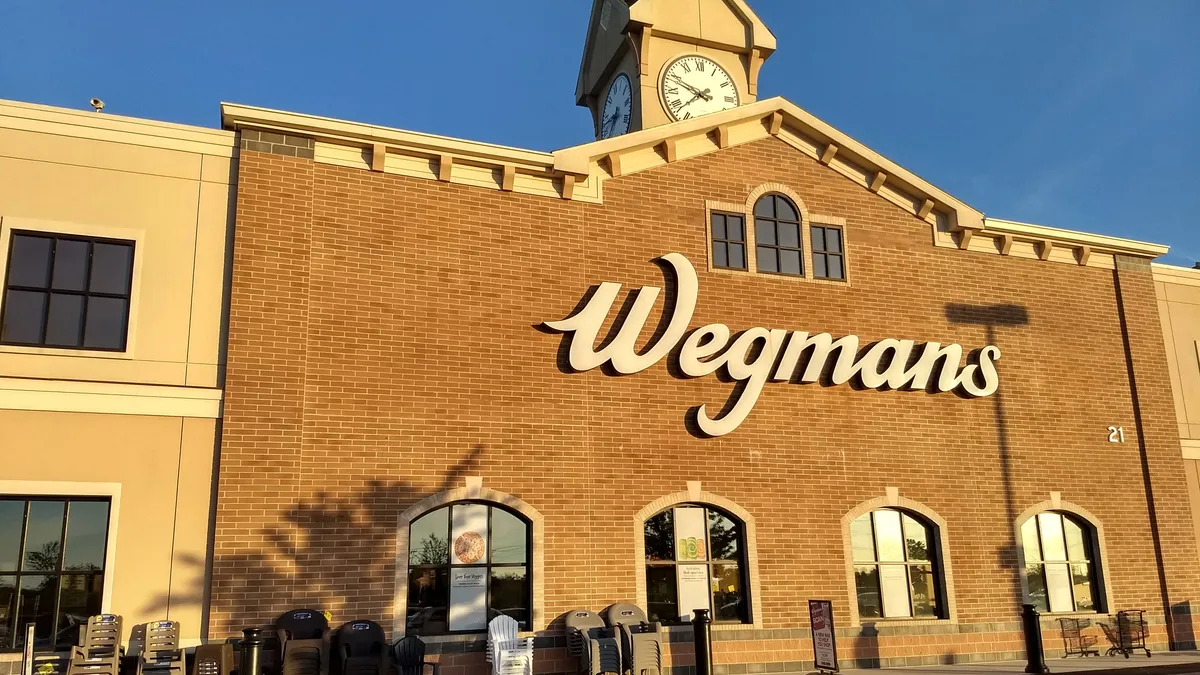Choice Market, the upscale convenience retailer that became one of the faces of the urban c-store trend in recent years, quietly filed for Chapter 11 bankruptcy this summer.
Choice was on a roll at first, becoming notable not just in its home market of Denver but around the country for its food- and tech- focused stores. After debuting in late 2017, Choice grew to five stores last year, and was even dabbling in autonomous, small-format Mini Mart locations that attracted millions in funding.
But the tides changed quickly. Choice never fully rebounded from the COVID-19 pandemic, which — as it did to thousands of other businesses around the U.S. — tanked its sales. Even after lockdowns eased, Choice’s stores were “plagued by the rising costs of goods and labor as inflation drove prices up,” according to the company’s reorganization filing with the U.S. Bankruptcy Court for the District of Colorado.
As it struggled to bounce back, Choice pivoted its business model in 2022. The company reduced the number of people on its executive team, cut back on marketing efforts, implemented new purchasing controls to reduce shrinkage and increased its in-store technology to reduce labor hours.
These changes boosted gross margins by 11%, but they weren’t enough. This past January, Choice found an investor who agreed to infuse $1.5 million into the business. However, in April, that investor backed out for undisclosed reasons.
At that point, bankruptcy was the only option, CEO Mike Fogarty said in an interview with sister publication C-Store Dive.
“We just kind of ran out of time unfortunately,” he said.
As of now, all of Choice Market’s stores — which are located in the Denver area — are temporarily closed, Fogarty said. But if all goes according to plan with its Chapter 11 filing, Choice will be given new financing and a second shot at success. And it plans to do things a bit differently this time around.
All-in on Mini Marts
If its bankruptcy financing gets approved, Choice has plans in place for how it intends to operate both its full-format and Mini Mart stores.
The company intends to offload all but one of its full-format convenience stores, according to both Fogarty and the company’s Sept. 5 bankruptcy filing. It plans to keep its location on Bannock Street, in Denver’s Golden Triangle neighborhood, which was its most profitable site, the filing notes. This location will also become the supply hub for Choice’s entire business, and is expected to get back up and running in the next 60 to 90 days, Fogarty said.
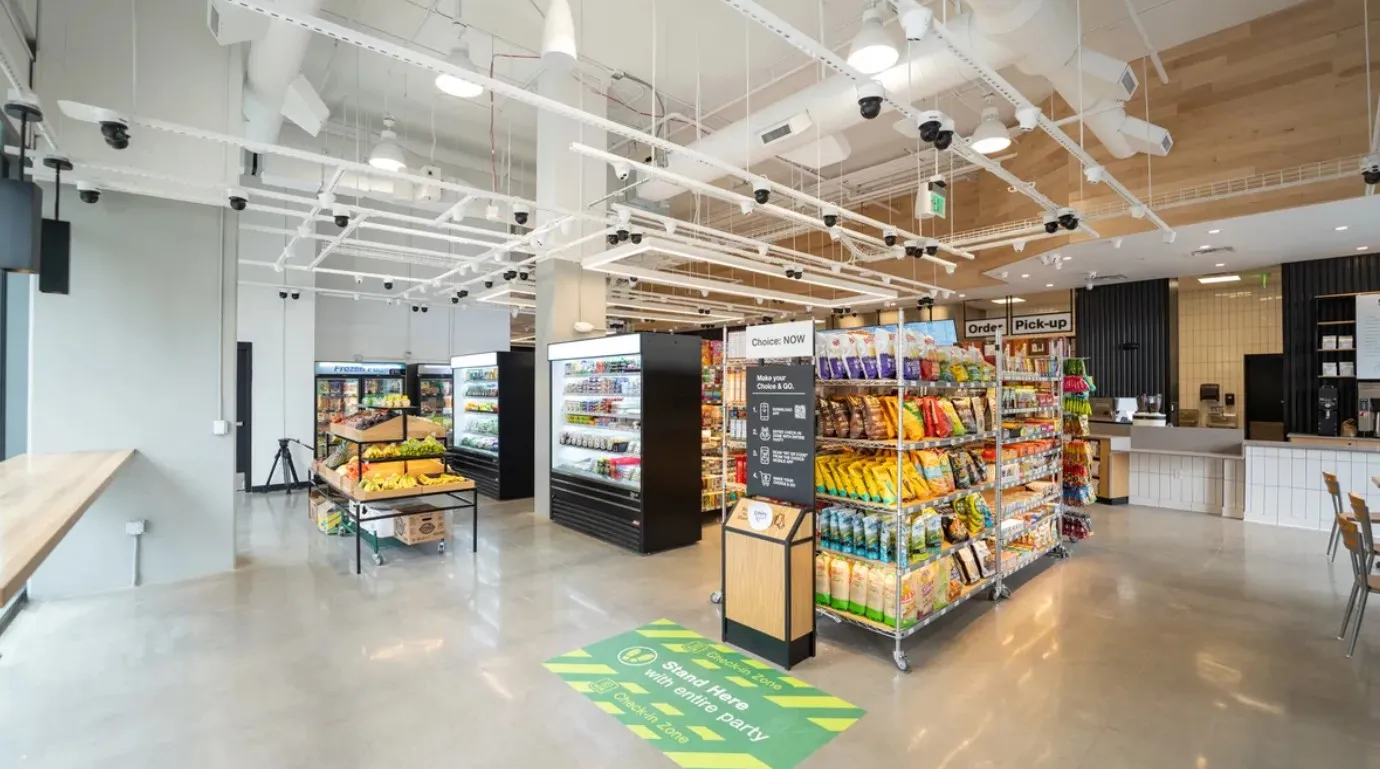
In about six months, Choice plans to open another full-format c-store in Denver’s Rino neighborhood. According to the filing, this location is already 80% complete, and comes with 16 months of free rent upon opening. Both the Rino and Bannock locations are expected to be fully staffed and have a kitchen on-site, Fogarty said.
However, most of Choice’s efforts will be focused on its automated, small-format Mini Mart stores. The company anticipates 90% of all future growth to come from these locations, according to the filing.
Choice debuted its first Mini Mart store in late 2022 at the University of Colorado Anschutz Medical Campus, about 15 miles east of downtown Denver. The 400-square-foot location was open 24 hours a day, year round. By March 2023, Fogarty revealed plans to grow this format not just in Denver, but nationally, through partnerships with hospitals, apartment developers, venues, airports, EV charging stations and college campuses.
Now in the thick of bankruptcy, Fogart said he views these stores as a “cornerstone” of the company’s resurgence, and that many of the vendors Choice worked with on these locations are interested in continuing their partnerships.
“Everybody sees how [frictionless] technology can be deployed and how it can provide mutual value for both their clients or renters or customers, as well as to Choice, and what we're trying to do,” Fogarty said.
New strategies inside the store
Once Choice gets back up and running, it will stick with its limited executive staff. Fogarty will remain CEO, and the only other corporate employee will be Alexa Tetzlaff, special assistant and internal counsel, according to Fogarty and the filing. Fogarty intends to bring on more corporate staff once Choice sustains growth.
What isn’t as clear is what will happen with Choice’s store-level employees, who lost their jobs when the company filed for bankruptcy in May.
Fogarty said that if the financing goes through, “there will 100% be opportunities to rejoin the organization.” He said that as Choice scales, he’ll look to hire for more positions that focus on technology, supply chain and logistics, in addition to roles for ordering, stocking and inventory management.
“We informed them as soon as we possibly could that if we're able to navigate this process, there is room for them back at Choice once we reopen,” Fogarty said.
Since costs of goods weighed heavily on Choice post-pandemic, Fogarty said he’ll explore a more cost-effective approach to the company’s product assortment. He said this will include “a more streamlined foodservice and grab-and-go offering” as well as “more value-oriented” items and brands in line with what’s often found at a traditional c-store.
“You'll definitely see a difference in some areas in terms of what we offer moving forward with a goal of being more accessible and introducing new categories that we haven't carried in the past.”

Mike Fogarty
CEO, Choice Market
This strategy isn’t just a cost-saving effort for Choice, but a means to reach consumers who are battling inflation, he added.
“We have to be really thoughtful about that in our pricing strategy and merchandising mix,” Fogarty said. “You'll definitely see a difference in some areas in terms of what we offer moving forward with a goal of being more accessible and introducing new categories that we haven't carried in the past.”
Learning lessons
After quickly gaining steam in the late 2010s, the urban convenience store experiment — in which retailers prioritize food and merchandise over fuel in population-dense markets — has struggled over the past year or so.
Besides Choice, the industry can point to larger retailers like Kum & Go and QuikTrip, which both shuttered fuel-less c-stores earlier this year, as well as Chicago-based Foxtrot, which unexpectedly ceased operations before filing for bankruptcy and reopening under new ownership all within a matter of months.
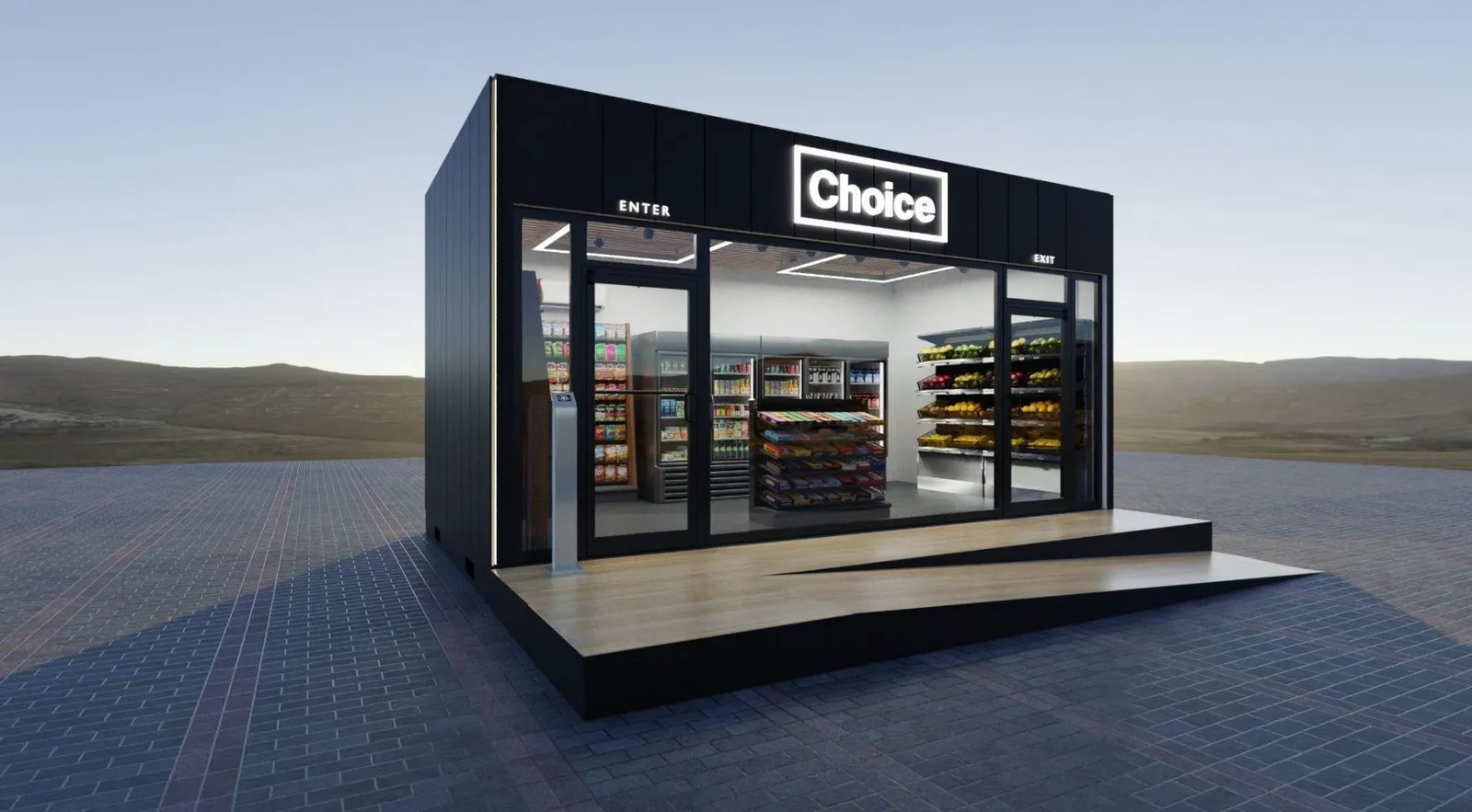
Fogarty said many of these companies, like Choice, had to “flip on a dime and change the business model” as they faced economic headwinds post-pandemic.
“We all struggled with similar issues, which was a lack of liquidity in the capital markets [and] a change in direction in the venture capital world, from growing top-line revenues to unit economics and EBITDA,” he said.
Despite the challenges Choice has faced in recent months, Fogarty feels fortunate to be given an opportunity to relaunch his business. His foremost goal coming out of bankruptcy is to regain the trust of Choice’s customers and the neighborhoods it operates in, he said.
“We are where we are,” he said. “I'm thankful that we seemingly have a path forward here, and am excited to lead this next iteration of Choice.”



